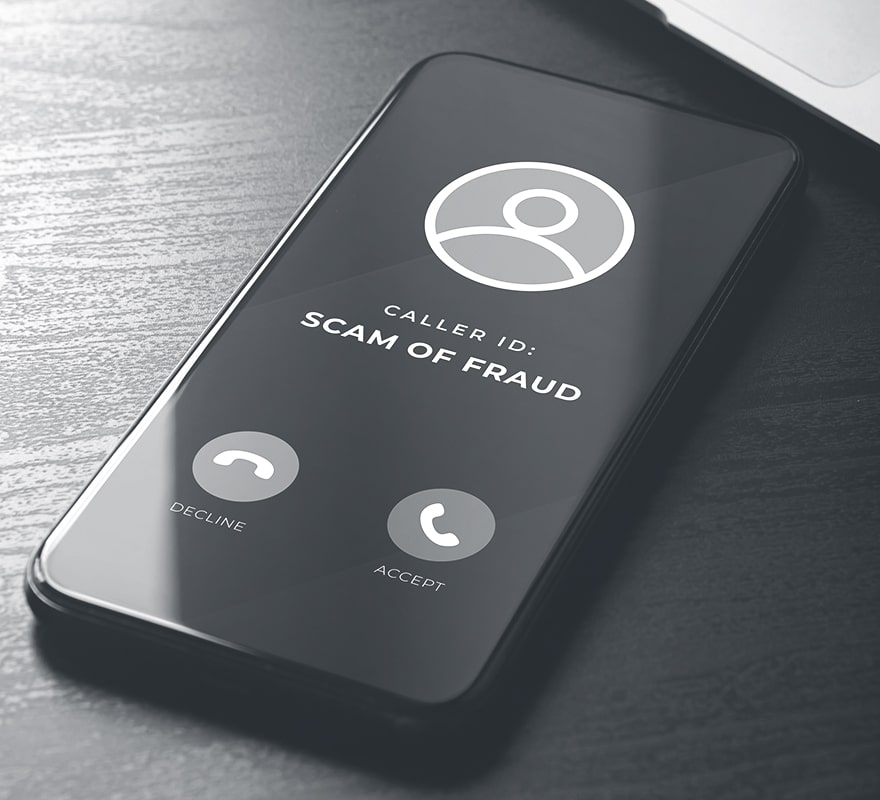Social Engineering
In a social engineering attack, an attacker uses human interaction to manipulate a person into providing them information. People have a natural tendency to trust. Social engineering attacks attempt to exploit this tendency in order to steal your information. Once the information has been stolen, it can be used to commit fraud or identity theft.

